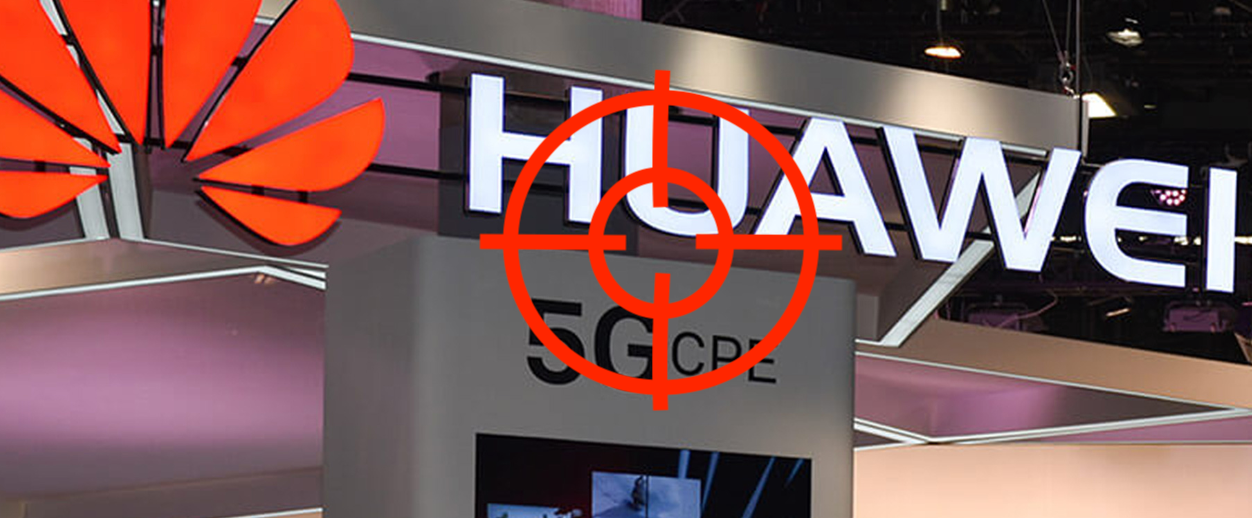With all the latest news about the trade war, some obvious issues that could affect the market and all of us who are still in the market are not being noticed. For example, take those two facts widely reported in the news, but made no splash:
- US has fallen hopelessly behind China in development of viable 5G technology because of inability to resolve legacy bandwidth use.
- Losing 5G edge is not acceptable as it will be the base of the next generation of internet consumer products such as IoT, driverless cars and everything else. Get ready for this issue to become central for tech stocks.
- Department of Defense issued a paper of 5G on 3 April . In a nutshell, US and China have two competing standards (mmWave for US, sub-6 for China). The conclusion of the DoD is that US system is not viable, and US will have to start from scratch. The conclusion is unambiguous: “ The Defense Innovation Board bases its recommendations on the assumption that mmWave fundamentally cannot be deployed on a large scale in the United States.”
The reason the US has started development of the high-frequency (millimeter wavelength, or mmWave) standard in the first place was because the lower-frequency (sub 6 GHz) band is gummed up in the US by federal use including defense, satellites, and other sensitive use. The FCC has belatedly started allocating parts of the sub-6 spectrum for commercial use, but the “clearing out” existing federal infrastructure would take many years, according the report. The rest of the world, including China, Europe and APAC, do no face the spectrum allocation dilemma and will in all likelihood find a way to gravitate toward the China solution, despite the significant security risk.
The Trump administration has blacklisted Huawei after the recent breakdown of trade negotiations with China, and is putting pressure on allies not to adopt the Chinese-sourced technology. The recent Senate Judiciary committee hearing on 5G revealed the lack of good understanding of the issues in congress. Security witnesses in front of the committee focused on potential security risks and downplayed the fact that US –based solution — mmWave — is not viable. Delaying development of Chinese based 5G deployment and at the same time playing a rapid catchup is a rational course of action by US government. The Chinese government will continue to push ahead with the deployment of 5G in China and elsewhere in the world.
These issue of 5G dominance run significantly deeper than most market participants assume, in our view, and the likelihood of additional disruptions in IT sector is high and not reflected yet in prices.
In layman’s terms, the future of 5G does not look so bright anymore. US will have to start 5G effort from scratch. Huawei is being bankrupted by a trade war.
It seems that more pain is coming to IT sector!
The Trump administration has blacklisted Huawei after the recent breakdown of trade negotiations with China, and is putting pressure on allies not to adopt the Chinese-sourced technology. The recent Senate Judiciary committee hearing on 5G revealed the lack of good understanding of the issues in congress. Security witnesses in front of the committee focused on potential security risks and downplayed the fact that US –based solution — mmWave — is not viable. Delaying development of Chinese based 5G deployment and at the same time playing a rapid catchup is a rational course of action by US government. The Chinese government will continue to push ahead with the deployment of 5G in China and elsewhere in the world.
These issue of 5G dominance run significantly deeper than most market participants assume, in our view, and the likelihood of additional disruptions in IT sector is high and not reflected yet in prices.
In layman’s terms, the future of 5G does not look so bright anymore. US will have to start 5G effort from scratch. Huawei is being bankrupted by a trade war.
It seems that more pain is coming to IT sector!

Comments
Post a Comment